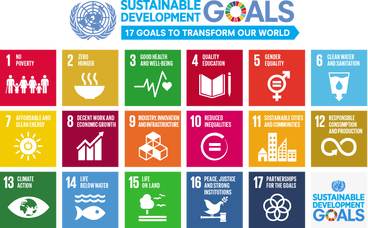
When I taught computer science with 2nd graders, I absolutely loved Hour of Code. It was a time of year where I could get every teacher on board with coding with easy, beginner level lessons using Hour of Code's website. It was (and is still) one of my favorite programming events for the library. This was about 8 years ago now, and I think I have grown in my understanding of computer science and the many ways we need to think about it's embedded nature in our lives, the good and the not so good.
My approach to Hour of Code now is not just an introduction to coding in a fun way, but also a way to open conversations to the larger impact of computer science education. The ways computer science and technology are applied in our daily lives, in the real world, is a crucial aspect of learning CS. We need to be able to help students understand the challenges or problems people face around the world and inspire this generation to think deeply about the ways CS can help in solving those problems in order to create a more equitable and sustainable world. If you also believe in the idea that with great power comes great responsibility, I hope you'll join me in a cross-over of Teaching the SDGs and Hour of Code this week for Computer Science Week! This week can help empower students to be a source of positive change as they think about the ethical responsibilities surrounding computer science. Let's help them to think critically about how CS can solve problems on a deeper and larger scale. The Padlet below is linked to activities for the Hour of Code (or longer) you can adapt for the different SDGs. It is collaborative, so if you have additional activities or ideas, please share for the collective good.
0 Comments
Our library is the heart of the school, figuratively and literally. With two main floors and 6 different entrances, I often feel like I am managing my own two floor Barnes and Noble. It occurred to me after our first year managing a library at a STEM academy that I needed to change how we display books and engage our students more. Between our Student Library Board, my amazing para, and myself, we were able to revamp different elements of our readers advisory program and our displays. This has led to over 100% increase in our book checkouts this year compared to last year (including physical and virtual books). The main changes we've made:
I'm going to write a series of blogs that explain the changes we've made. This particular post will focus on something you can take and implement TOMORROW. Just plug in your own books or QR codes to Sora and you're ready to go. I have always offered read-a-likes through natural conversations and our social media channels, but we've just amped up how we use them to do displays. Read-A-Likes and Curated Book List Templates
Are you looking for a Banned Books Week lesson for 2022?
Here is a self-paced lesson for middle and high school students:
Or share the Top 10 most challenged books directly with students:
Previous LessonsWhat is a #Fliphunt?Originally created by the wonderful Kathi Kersznowski, #Fliphunts are a digital scavenger hunt using Flip! You create tasks and then students complete the tasks by creating video responses on Flip. There are so many ways to adapt this for back to school introductions, content in the classroom, or even professional learning. How do I get started?
What would this look like in Flip? Here's an example I just setup for our library orientation this year. What considerations should I take into account when creating the #Fliphunt?
Do you have templates to help me?Yes. Yes, I do! Feel free to take and tweak for your needs. Just make sure to attribute correctly when sharing with others. 😉 I hope you have fun making your own #Fliphunt, friends! If you have questions or ideas to share, I'd love to hear. Drop them below!
Hi!
Our school year starts back in just two short weeks, and I am so excited! Even though I'm excited, I still get nervous about juggling all of the back to school needs and wants that each new school brings. If this is you as well, I hope this page of resources helps.
New School Librarian? Start Here!
Are you a new school librarian? I created this handbook for new school librarians in Georgia as part of our mentorship program for Georgia Library Media Association, but the overall ideas are good for any new school librarian.
TLDR Before initiating changes: - Learn the school - Learn your admin - Set goals Create a Library Services Menu
Build Relationships
Engaging with your new learning community is the most essential thing you can do at the beginning of the year. Whether it's your first year, tenth, or twentieth, your staff and students need to be reminded of how you care for them and that the library is the heart of the school.
Connecting with Staff One of the ways I do this for staff is through fun little conversation starters at the beginning of the year for staff. I print off my library services menu and share a little gift with teachers during our back to school staff meeting, in their boxes, or hand deliver them depending on the time.
Connecting with Students
Establishing a safe, supportive environment is the first step to building connections with students. Using our social media and signage goes a long way! We also have a Student Library Advisory Board who help advocate for the library to other students through their student-run programming and book clubs. Set Goals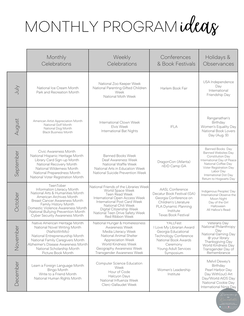
I spend time getting to know our school and district goals for the year and having an upfront conversation with my principal about their needs for the year. Once I have those established, I work to align our library goals and plans to meet their needs. I also do a needs assessment with staff regarding professional learning and meet with our Student Library Advisory Board at the beginning of the year to get to know what they want to do or plan for the year as well. Using the Georgia School Librarian Evaluation Instrument, Future Ready Librarians Framework, and the ISTE Standards for Students, I align my goals between best practice and the needs of my community.
Tip: If you use Microsoft, I keep a journal/portfolio of support with OneNote! One other item I use in planning and setting goals is my Library Program Planner. This helps me with MakerSpace challenges and community programs throughout the year. Get the templates below! Make Time for You
My biggest piece of advice is to make time for you and your development as well. It's easy in a service oriented profession to feel like you're always on and school librarians are the worst at actually taking a lunch break. I carve out time in my day for lunch and administrative tasks during the week so that it's intentional.
My favorite way to spend lunch is reading or listening to an episode of the School Librarians United Podcast. Have fun!
Don't forget to have fun! We have the best job in the world!
You don't have to try everything and you're not going to be able to make big changes overnight. Focus on learning three new things for the year and the needs of your community. Do you have additional ideas or resources? Share them with us below!
If you have any questions or want to reach out, feel free to connect with me on Twitter or Instagram!
Have an awesome school year!How Do We Celebrate Read Across America in Secondary?Let's create and celebrate a nation of diverse readers. For Read Across America, let's look at inclusive texts that share our nation's greatest quality - diversity and inclusivity. This year, we are celebrating with themed days, highlighting trending topics with our students. Our Student Library Advisory Board will also host a reading panel discussing the inclusivity of modern YA titles available to youth. We can't wait to change the narrative on Read Across America to become more inclusive and represent the many backgrounds and cultures of our students. Are you a school librarian or teacher? Take and tweak the poster above for your needs
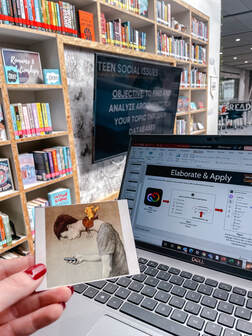
Let's make learning research skills fun!
Students in 9th grade English classes are working on argumentative writing. In order to apply what they are learning through this unit, students are creating public service announcements on a social issue of their choosing. To help facilitate this project, I created a Hyperdoc to supplement what our English teachers are including in their classrooms. This helps us all have the same language when communicating. During the first ten minutes of class, we analyzed political cartoons about social media in pairs. Students had to first analyze what they think the picture is portraying and then convince their partner why they are correct in their analysis. Afterwards, students came back to whole group to share out their experience in trying to convince their partner with little evidence. It was a great conversation starter! Then, we introduced the Hyperdoc and how to access Opposing Viewpoints, ProCon.org, etc. to begin building their argument for their PSA topic. We also gave an introduction to how to access and create within Adobe Creative Cloud Express, specifically creating a PSA video. Was it a lot to pack into one lesson? Yes. Was it worth it so we could all be on the same page before starting the Hyperdoc? Also, yes. If you have not checked out Adobe Creative Cloud Express (previously Adobe Spark), it's the best. It allows for equitable access to video creation tools, allows for collaboration on a video, and is so easy to share when it's finished. Want to learn more, I'd love to chat with you or you can try it out at express.adobe.com. Check out the Hyperdoc below and make your own copy. Encouraging students to read inclusive books in the South can be difficult even in the best of times. The influx of misinformation and the growing population of community members focused on removing stories from the narrative of society has made it even more so as we entered this school year. Not only are books being targeted for removal across the state, we've been faced with a rational fear of retaliation in our school communities for pushing back and promoting the freedom to read, let alone encouraging a reading challenge focused on increasing our student's exposure to multiple perspectives. As school librarians, as educators, as advocates for productive citizens in our society, we know the importance of reading books that acknowledge, teach, and celebrate diverse populations. Many of us are familiar with the wise words of Rudine Sims Bishop, in which she said Books are sometimes windows, offering views of worlds that may be real or imagined, familiar or strange. These windows are also sliding glass doors, and readers have only to walk through in imagination to become part of whatever world has been created and recreated by the author. When lighting conditions are just right, however, a window can also be a mirror. Literature transforms human experience and reflects it back to us, and in that reflection we can see our own lives and experiences as part of the larger human experience. Reading, then, becomes a means of self-affirmation, and readers often seek their mirrors in books. (1990, p. ix) Reading has the ability to transport us into another character’s mind, allowing us to see and feel what they do, exposing us to a life very different from our own. Through reading, we can experience the world as another gender, ethnicity, culture, sexuality, or age. It can introduce us to what it's like to lose a parent, be at war, be born into poverty, or leave home to immigrate to a new country. By experiencing an author's world, we can build a deeper understanding of the complexities in our world, which influences how we relate to others in the real world. And we don't always just learn about others. We see ourselves and can feel less alone. We're able to spend time reflecting on ourselves, our own experiences, and how we interact within our society. Our students deserve educators who are going to see them, share their stories, and encourage free thought. Who are we without our stories? Where would we be without these stories? Luckily, I work with some amazing school librarians. In a conversation with another high school librarian down the road from me last semester, we brought up all these points and we asked ourselves what can we do. Sitting back isn't it anymore. Sliding books to students on the sly isn't it anymore. What message are we sending when we do not face the problems our students are facing head on and choose to not openly support all of our students? I used to have a quote at the bottom of my email signature from Edmund Burke (at least I believe it is from him) that stated "“The only thing necessary for the triumph of evil is for good men to do nothing.” Find a supportive friend and colleague like mine who encourages you to do something! It's because of our students that we felt the need to develop a reading challenge to help support them in their path to discovering themselves and others by reading a mile in their shoes and challenging their own biases. By stepping outside of ourselves a little at a time, I hope to encourage a love of reading while supporting their character development. But how do you start a program like this in a conservative, Southern community when you have parents picketing outside the school because of masks? How do you promote a reading challenge that encourages students to step outside of themselves when we have families who believe January 6th is a hoax? How do you share a reading challenge like this when we have staff members who are being told to hide their true selves for fear of community pushback? We do it gradually, gracefully, and by treading lightly. Our reading program is heavily influenced by Read Woke and Project LIT, but we can't call it that, so let's call it what it is: A passport to empathy. Let's change the narrative with the books we read and choose to consume. Let's face our community with the language necessary to defeat the false narratives. Inviting staff members and parents to participate in this reading program helps model thinking openly. How does the program work?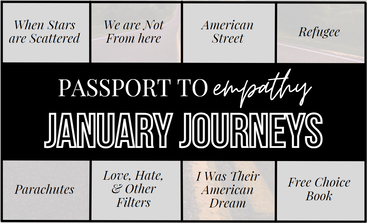 It's easy - just read! Each month, we listed 7 books that focus on a specific theme. January is a brand new start, so we picked the theme of journeys to showcase characters who have had to start over somewhere new through immigration. The last book is a book of choice as long as it fits in the theme. I firmly believe students should always have a choice. Once students or staff members read a book, they log their book in Beanstack (our county purchased this for every school, so this is not something I purchased for students). For every book a student reads, they earn a ticket for our monthly drawing that includes things like movie tickets, signed book copies, gift cards, etc. Other students can receive squishies or fidget toys, sticker decals, or reading buttons. The larger prizes we work with our local business partners to cover and the smaller ones I purchase myself. We also have a button maker we want to make reading badges with! Monthly ChallengesTemplates for Reading ChallengeWorks Cited
Bishop, R. S. "Mirrors, windows, and sliding glass doors. Perspectives: Choosing and Using Books for the Classroom. 6 (3), ix-xi." (1990). You’ve been Booooked! 👻
Looking for a fun alternative to the ‘Boo’ community builder? I started doing this to promote some fun for the holidays and share newer scary reads with our staff. There’s so many good things about this activity to not do it! It promotes new books, connects you with your fellow colleagues, gives others a chance to dedicate reading aloud to students and model how fun reading can be, and who doesn’t love a yummy pick me up during their day? How does this work? In the bag, I put a new(er) scary book, yummy goodies like ghost cookies (thanks, Target!), fun toys like vampire teeth or bubbles, and a flashlight. The card inside asks the teacher to read aloud the first chapter and then pass it on to another teacher either with their book or a scary favorite of their own. You could easily do this with library books or purchase gently used/new copies from a local bookstore. I personally purchased copies from my local store so the teachers could keep them (all of our high interest reads are always out), and this allows teachers to share their favorite scary books as well. Think of it like scary book telephone! You can mix up your titles with older ones like Rot & Ruin that need to make a comeback or newer titles like The Taking of Jake Livingston. The tweaks you can make on this open a broad interpretation for your particular needs. Have you tried something similar?! I’d love to hear about it! Podcasts have completely changed how I do PD. It's amazing have access to professional learning anytime, anywhere. While I started podcasts a few years ago with This American Life, I find myself listening to more and more education-centered ones. Why?
So, where do you start? Check out my Top 10 favorites below! My Top 10 Favorite Podcasts for School LibrariansSchool Librarians United with Amy Hermon
School Librarians United is a podcast dedicated to the nuts and bolts of running a successful school library. From genrefying to student library boards to diversity audits to programming, tune in to learn all about the issues and challenges school librarians face everyday! Leading from the Library with Future Ready Librarians This podcast from Future Ready Librarians and Shannon Miller includes stories of how school librarians are tackling the unique issues that are facing school libraries today from planning for remote student learning with equity in mind, creating flexible schedules to supporting parents and families with blended learning environments. Moonshots Podcast: Learning Out Loud The Moonshots Podcast goes behind the scenes of the world's greatest superstars, thinkers and entrepreneurs to discover the secrets to their success. They deconstruct their success from mindset to daily habits so that we can apply it to our lives. TED: How to Be a Better Human How To Be A Better Human isn’t your average self improvement podcast. Each uncover sharp insights and give clear takeaways on how YOU can be a better human. From your work to your home and your head to your heart, How To Be a Better Human looks in unexpected places for new ways to improve and show up for one another. This is a great podcast to incorporate SEL into our daily lives as librarians. The Creative Classroom John Spencer and the Creative Classroom has episodes about growth mindset, project-based learning, design thinking, and, of course, creativity.Are you looking to add more creativity into your MakerSpace, collaborations, or PD? This one comes out each Monday and is only about 15 minutes! The Balance by Catlin Tucker In each episode, Tucker talks with thought leaders to explore this complex issue, striving for ways to achieve a healthier work-life balance and address the question, ‘How do we empower ourselves to create and implement boundaries both inside and outside of the classroom?’” The Balance will help with your instructional partnerships and leading from the middle. Dare to Lead with Brene Brown As school librarians, we lead from the middle. This podcast is uplifting and informative as Brown includes conversations with change-catalysts, culture-shifters and more than a few troublemakers who are innovating, creating, and daring to lead. Cult of Pedagogy Teaching strategies, classroom management, education reform, educational technology — if it has something to do with teaching, she talks about it. On the podcast, Jennifer Gonzalez interviews educators, students, administrators and parents about the psychological and social dynamics of school, trade secrets, and other juicy things you’ll never learn in a textbook. TNT EdTech Podcast From the creative minds of Scott Nunes and Matthew Ketchum, TNT EdTech Podcast offers insights into a variety of topics that can support school librarians and other educators from AR/VR to English strategies to leadership styles. The House of #EdTech The House of #EdTech Podcast shares stories from teachers and creators about education technology, recommends the valuable tools, tips, and resources to integrate technology into your classroom and instruction. It's perfect for those who want to stay up to date with how EdTech is changing in education. |
Martha BongiornoAdvocating for Student Voice in Metro Atlanta & Beyond MIE Expert Since 2018
MIE Trainer Since 2018
Flipgrid Student Voice Ambassador since 2016
Archives
October 2023
Categories |

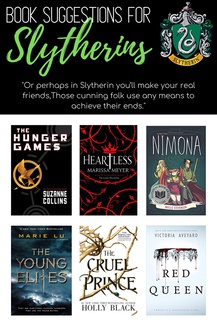
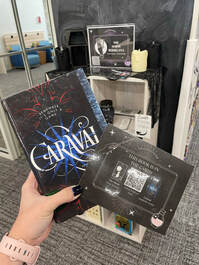
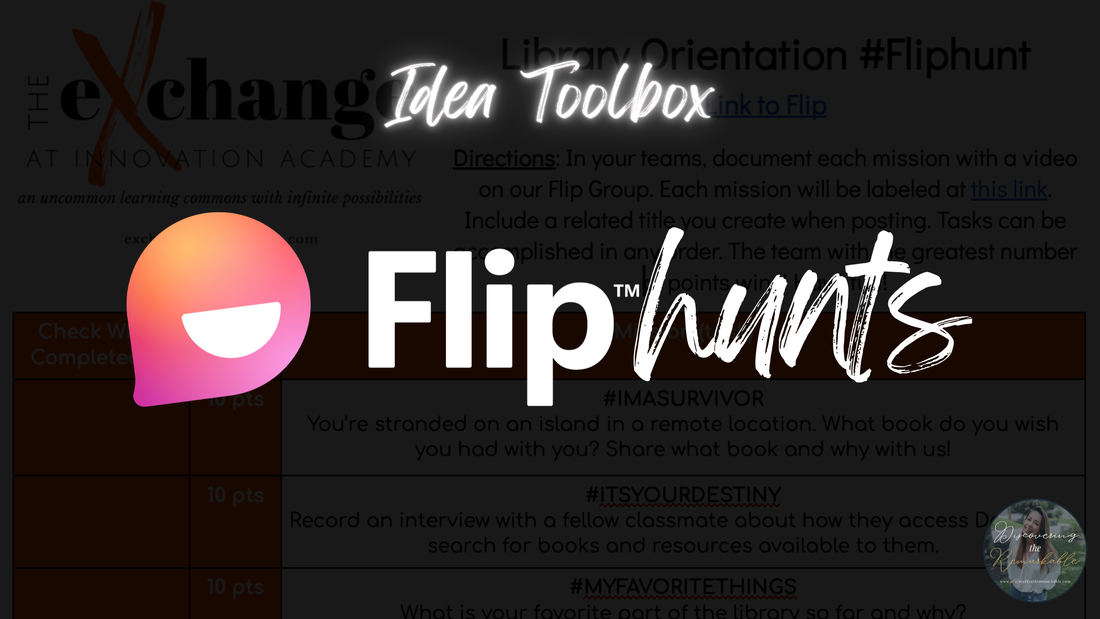
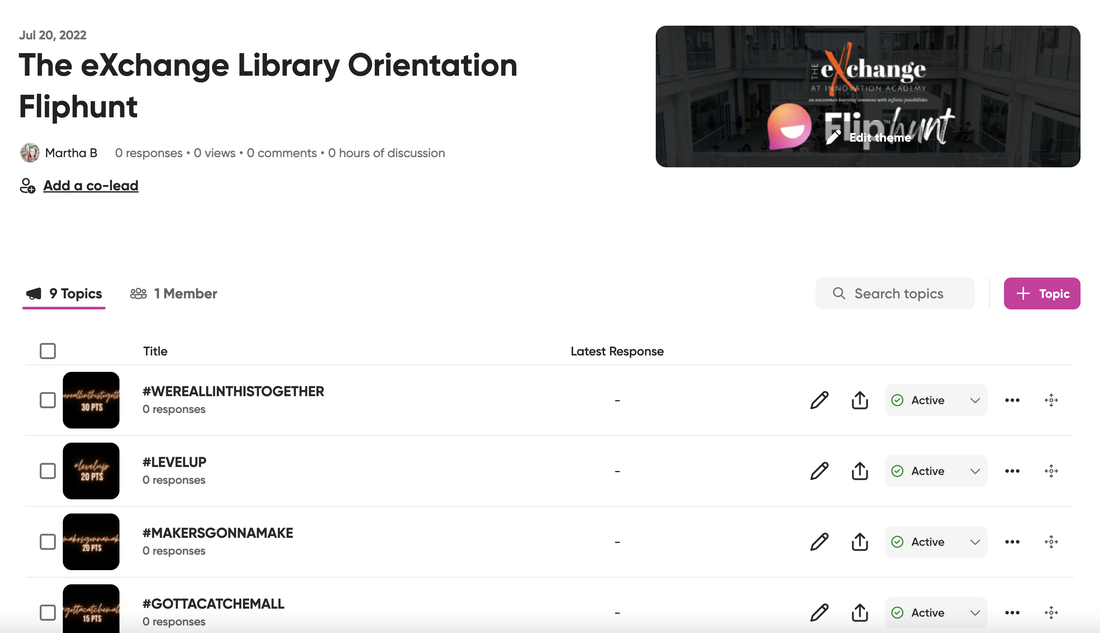
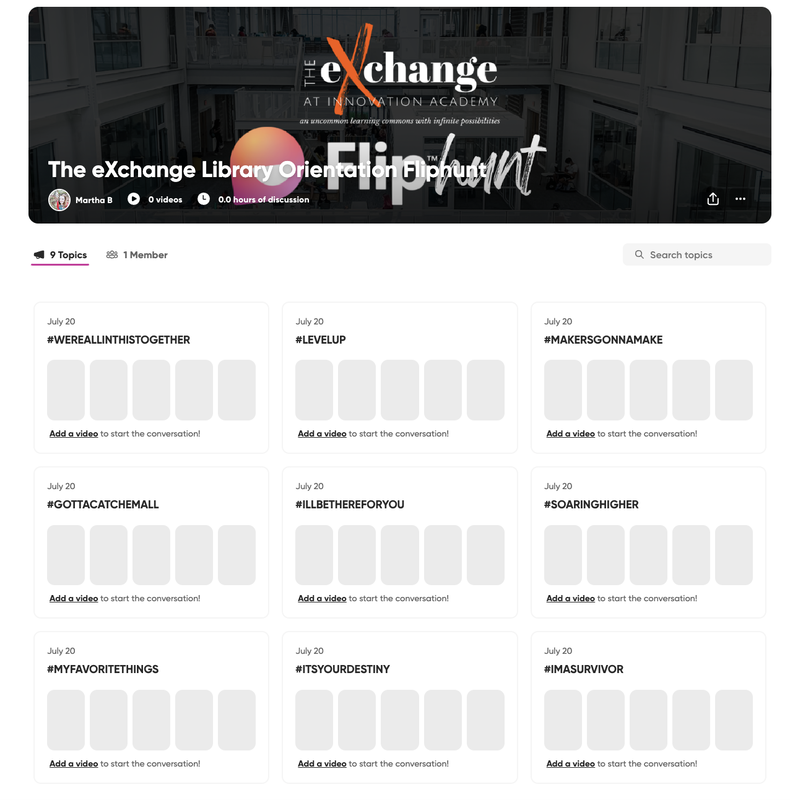
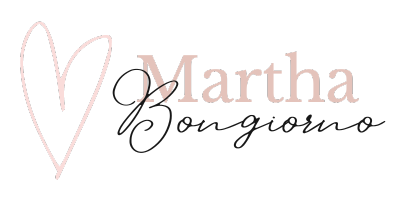
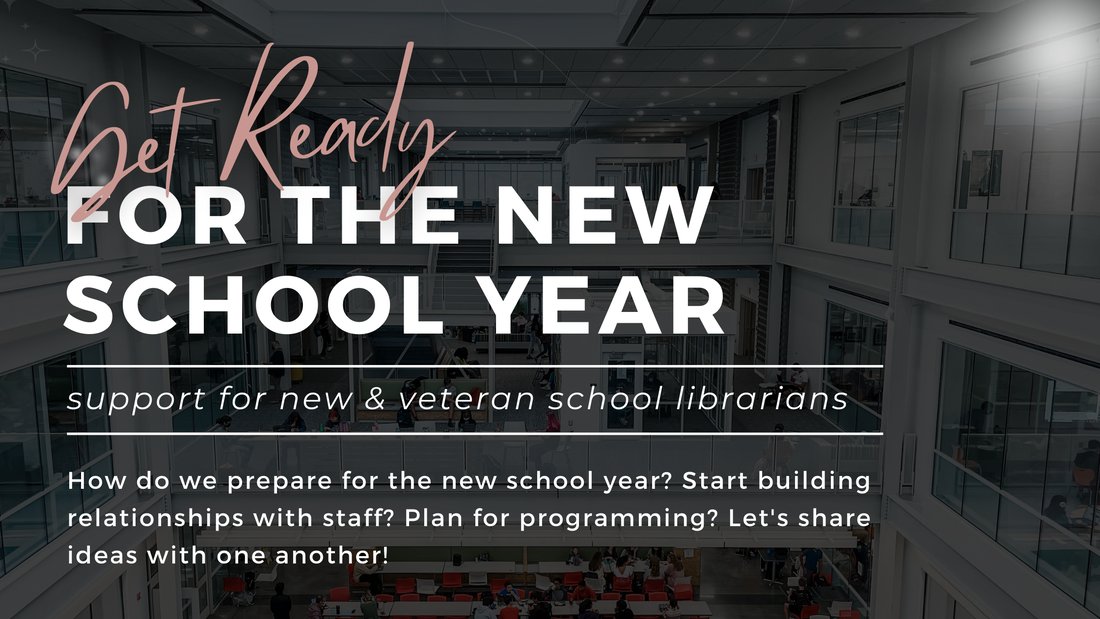
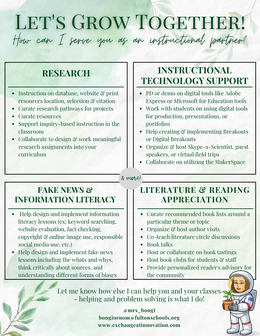
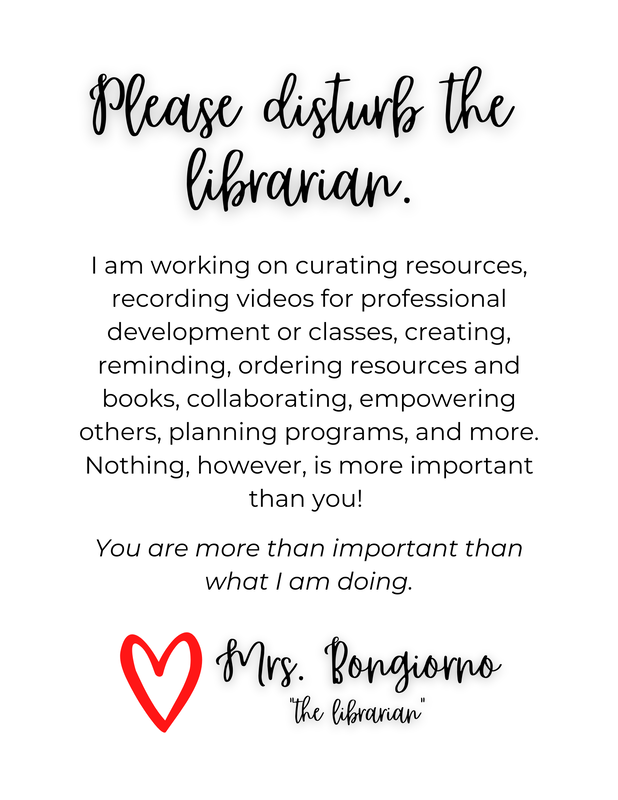
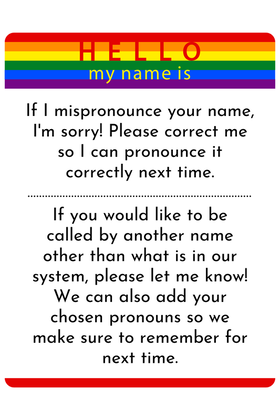
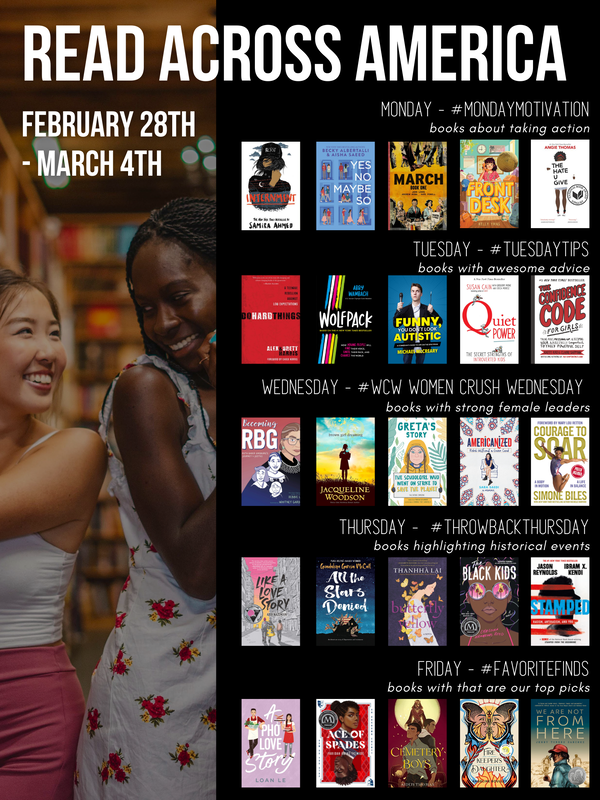
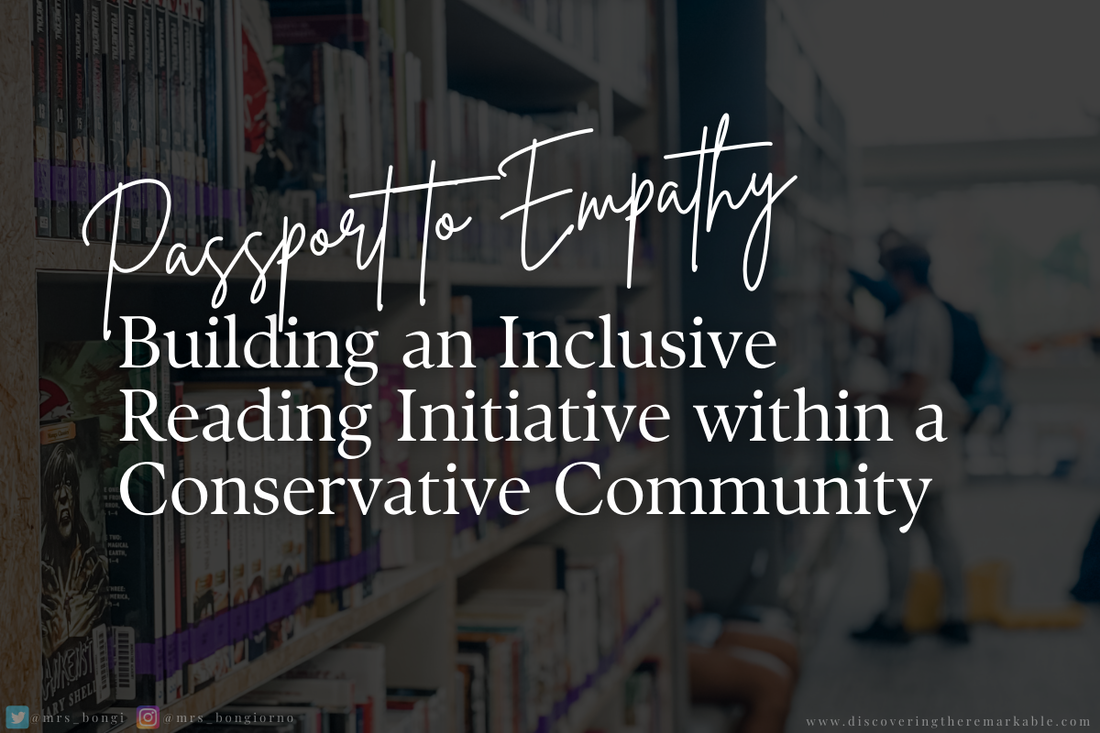
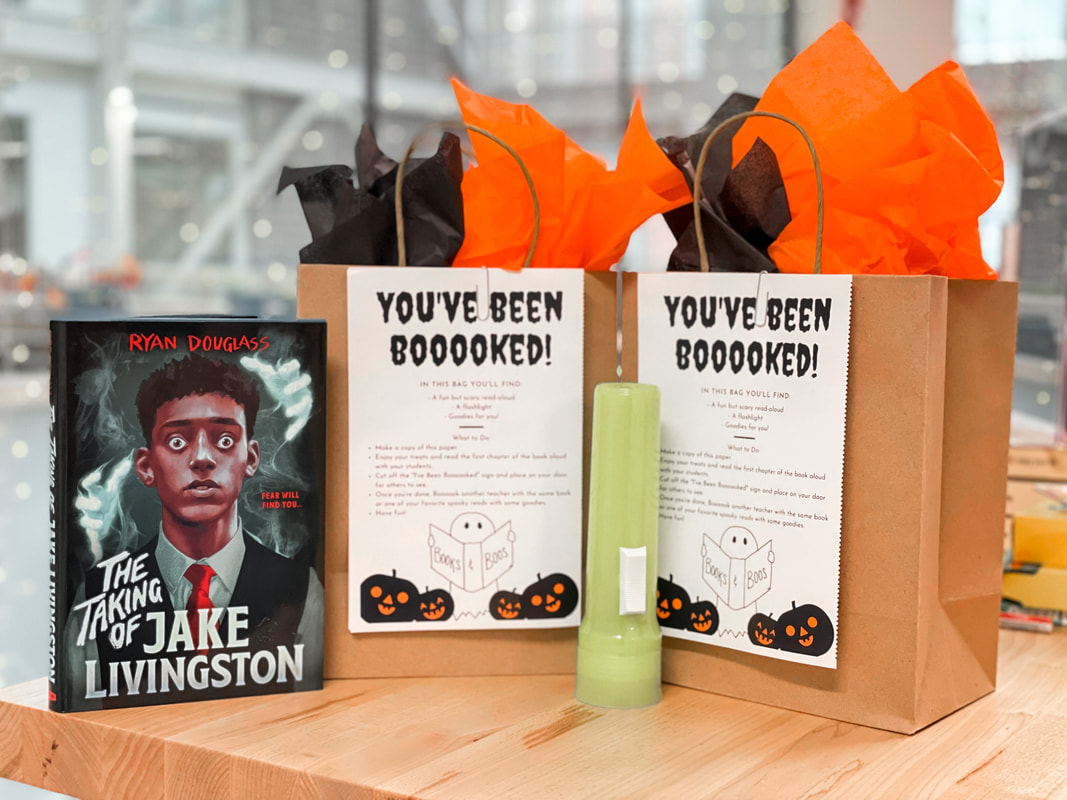
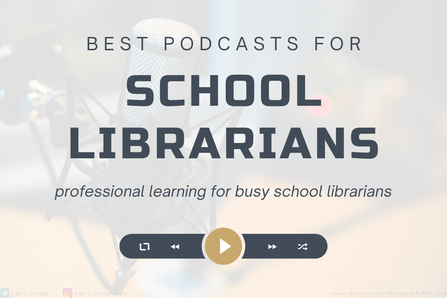
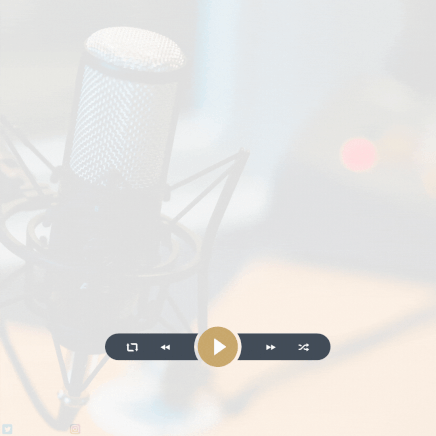
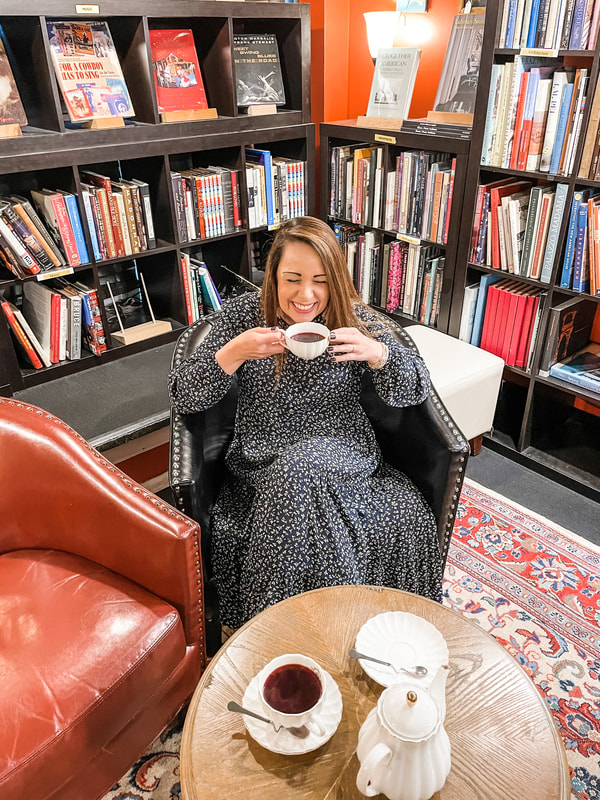
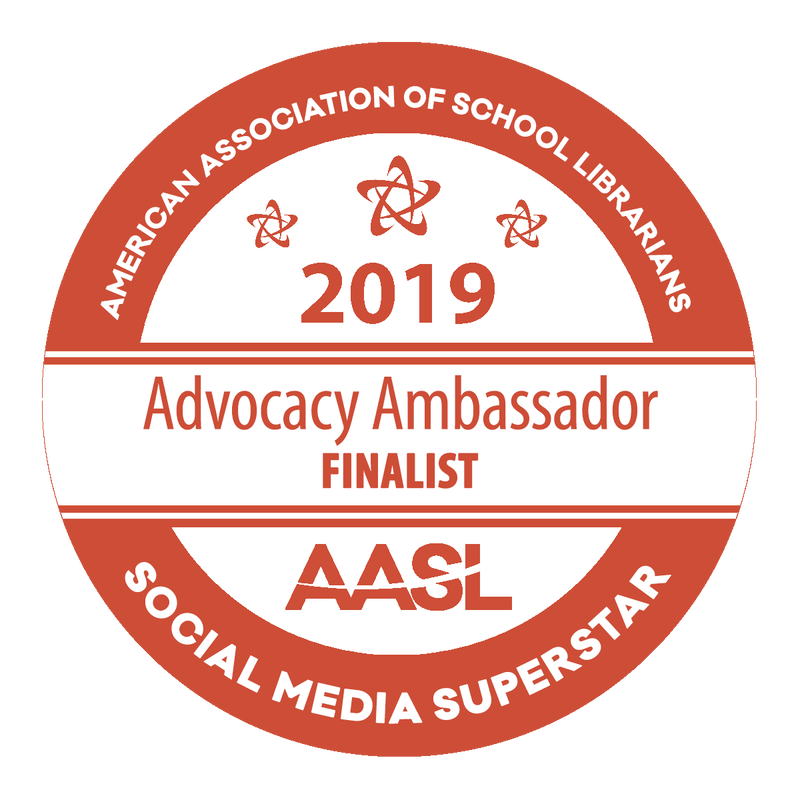
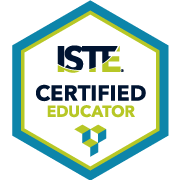
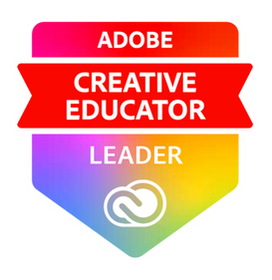
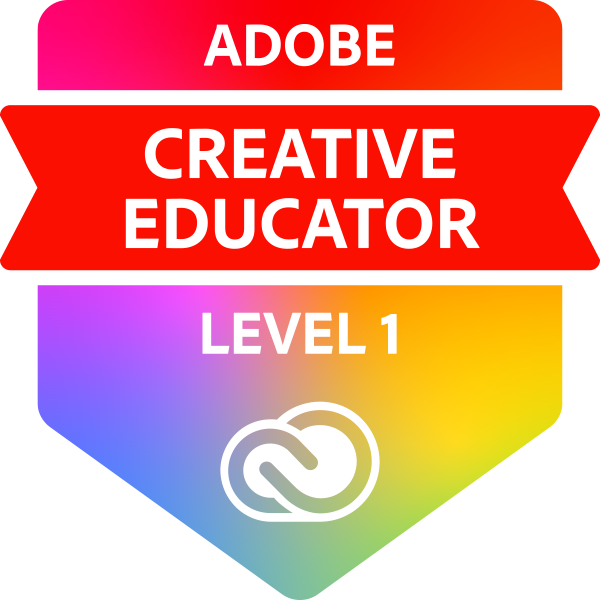
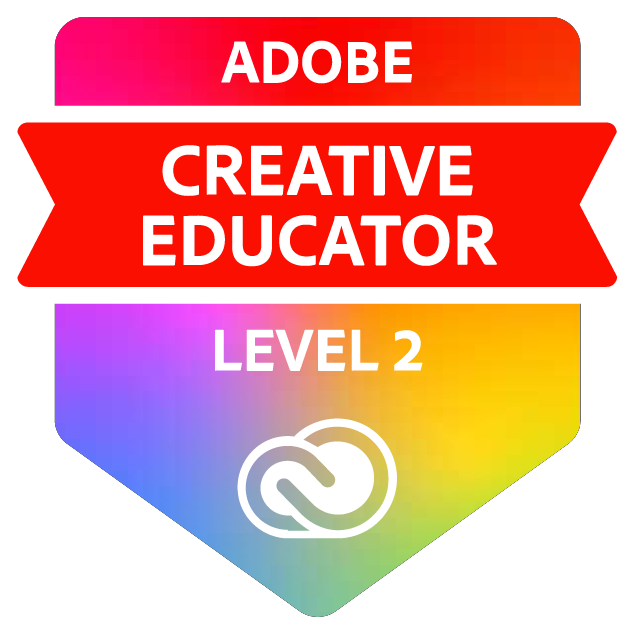

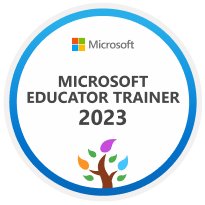
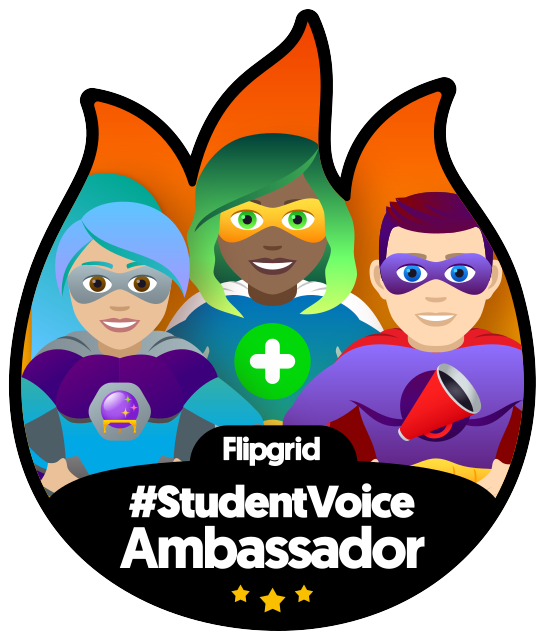
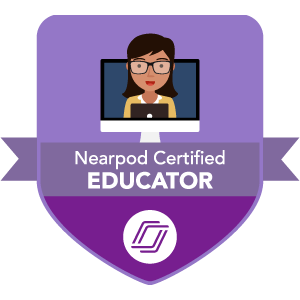
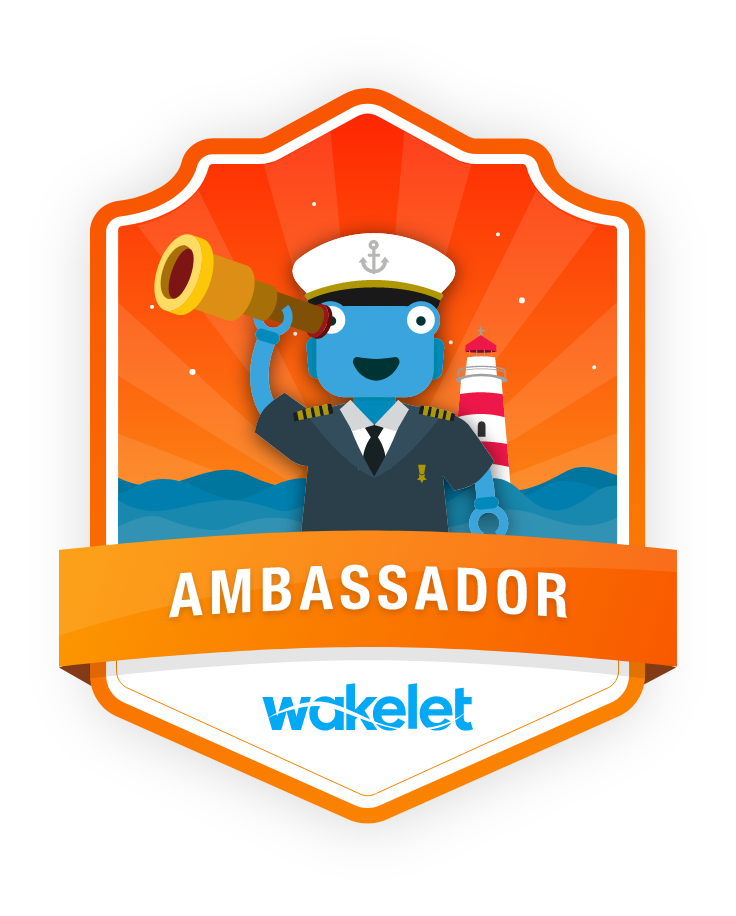
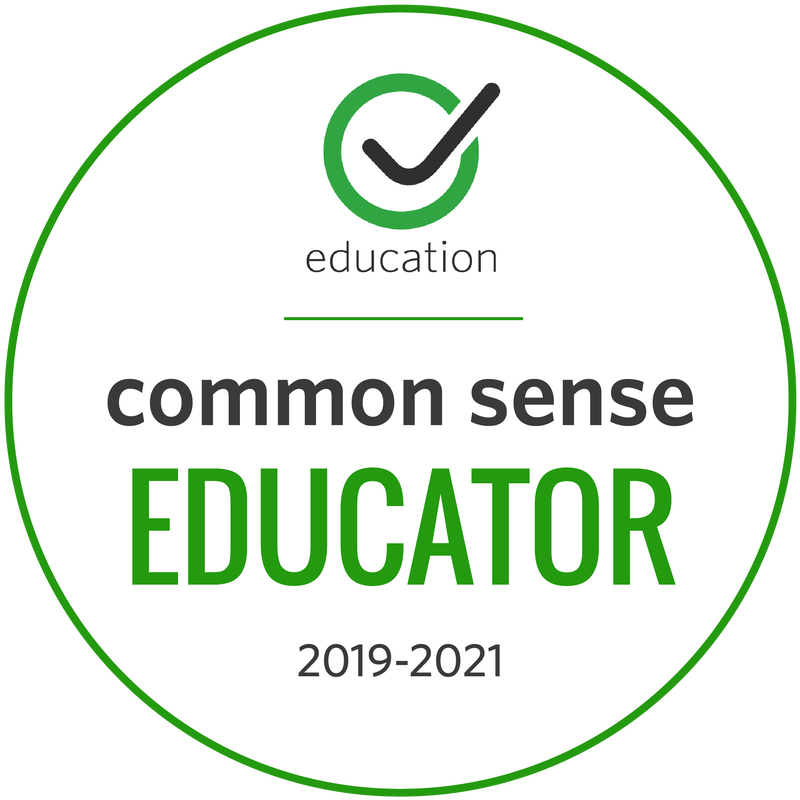

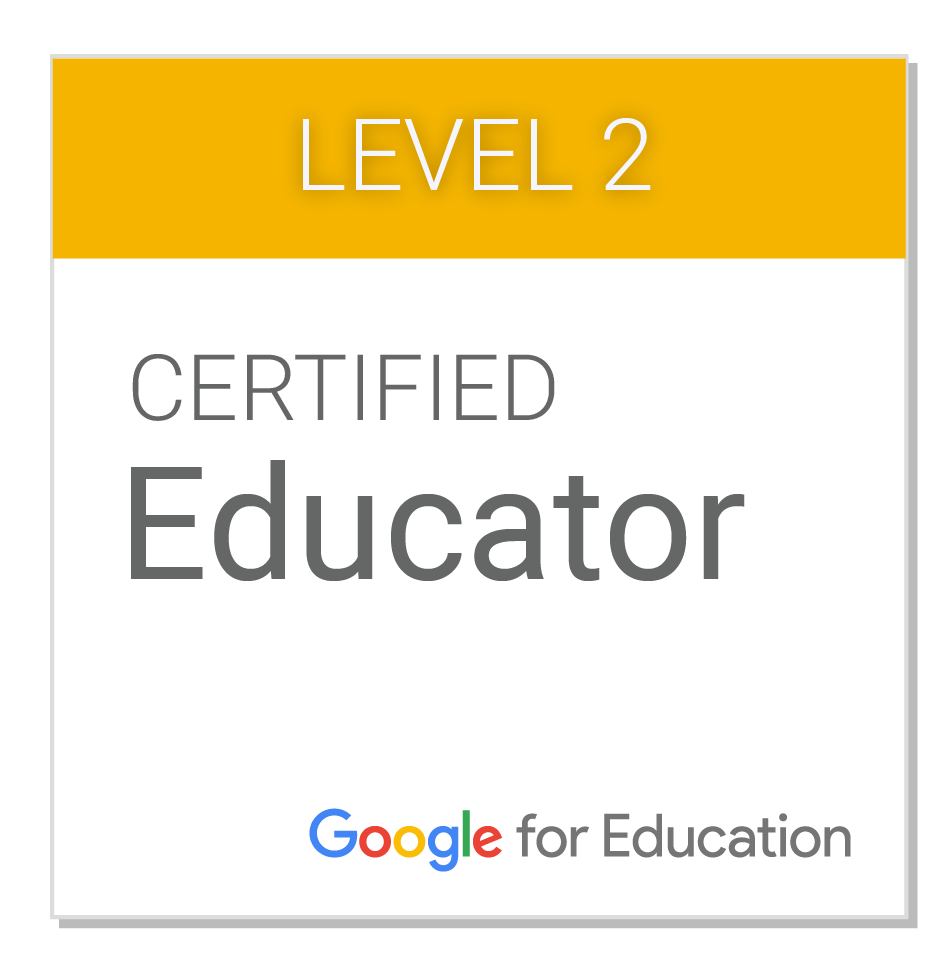
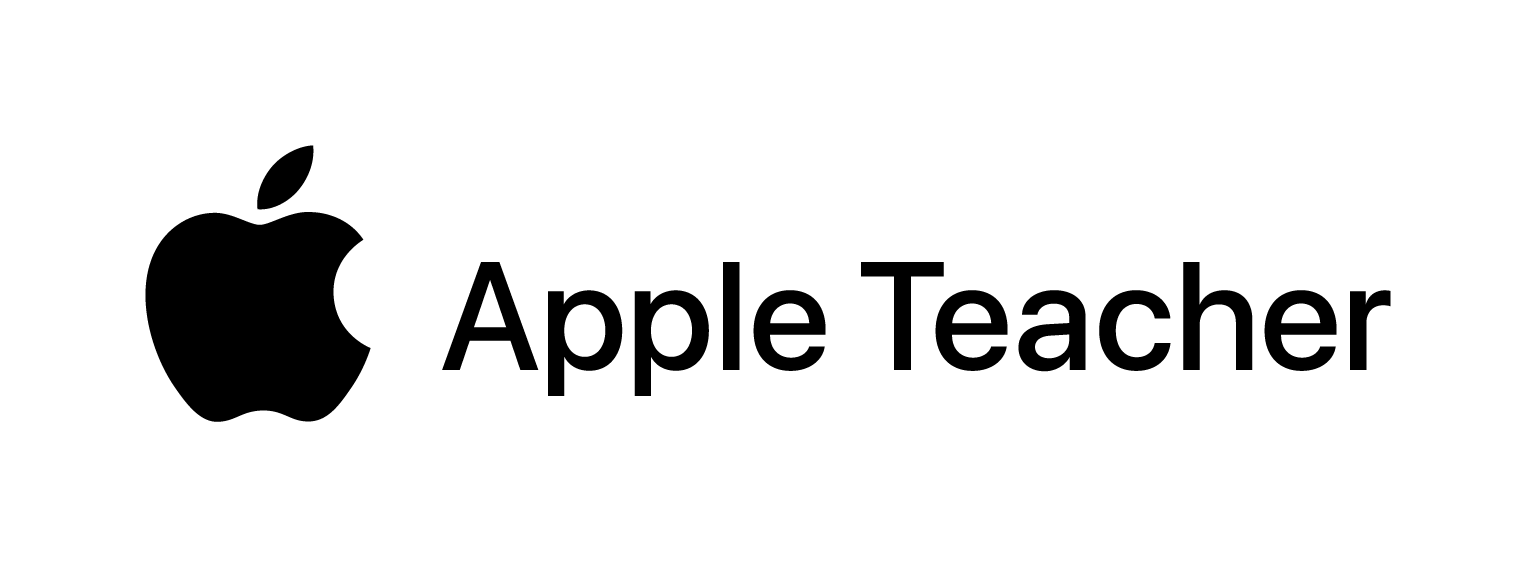
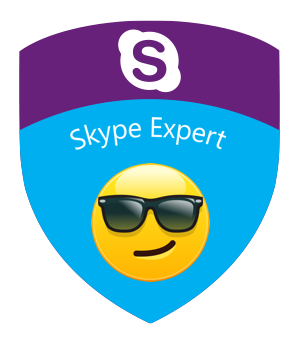
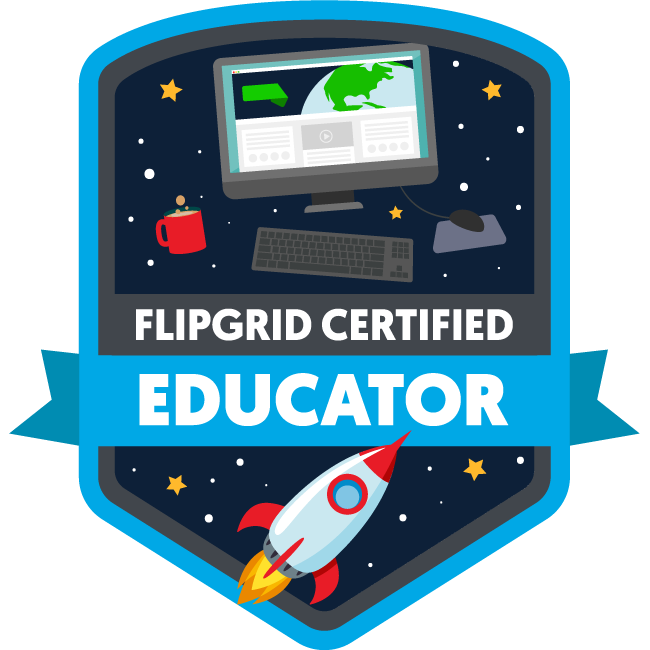
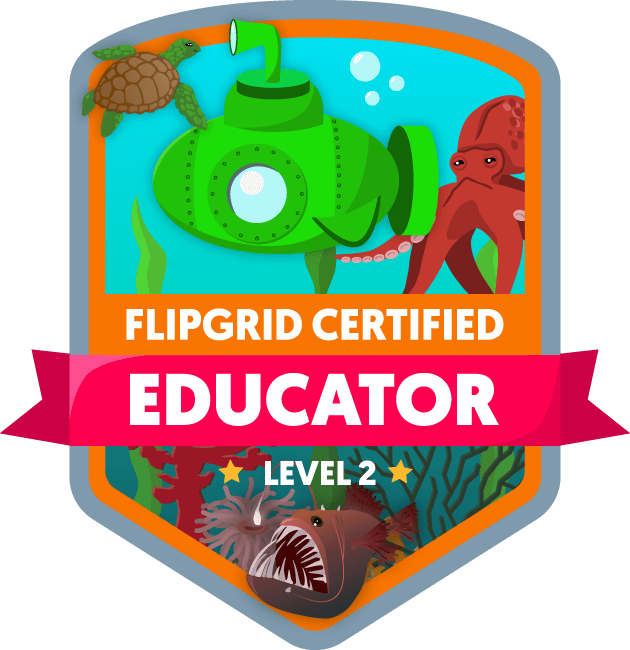
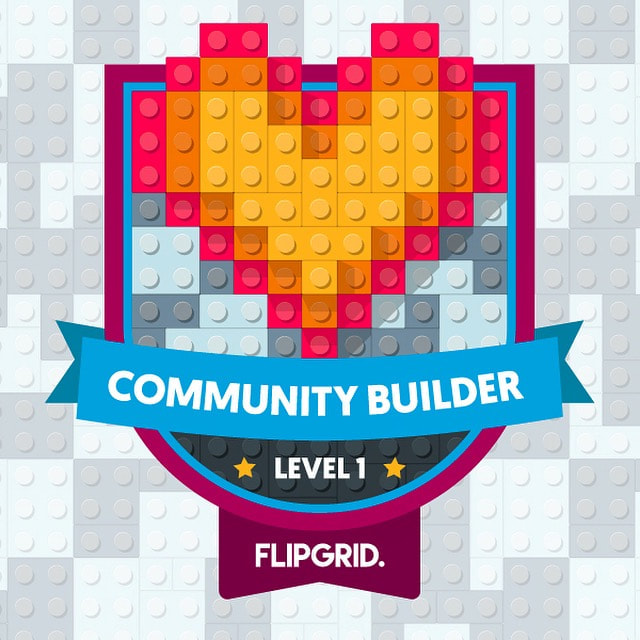
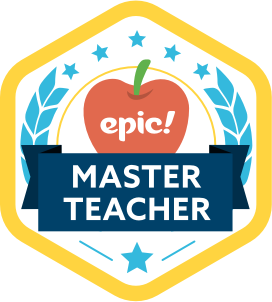
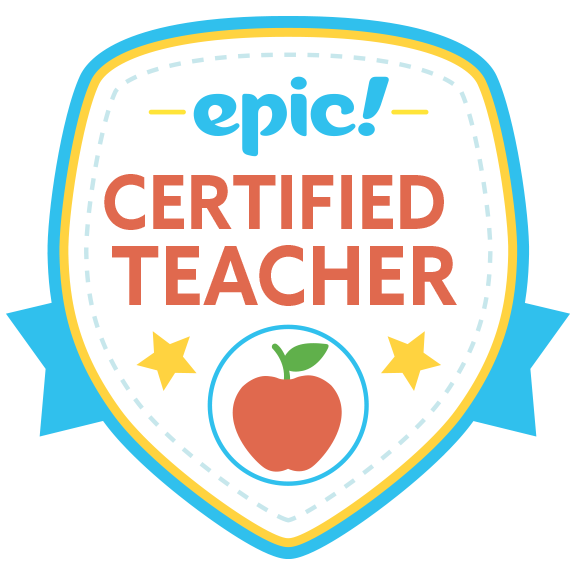
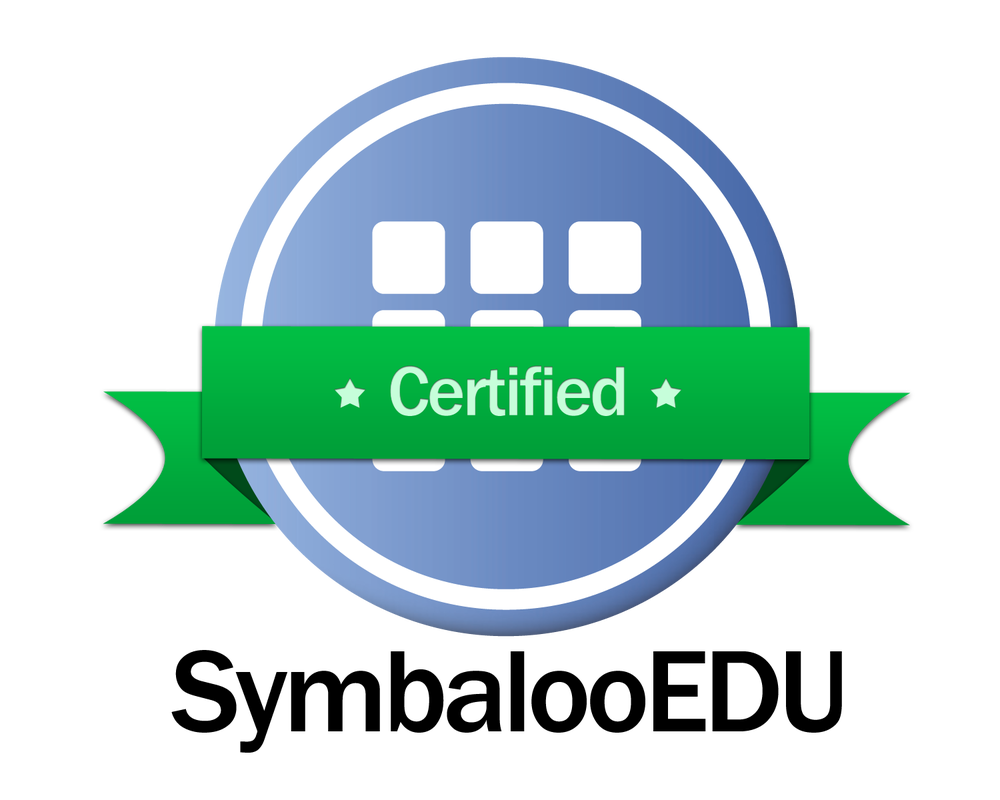
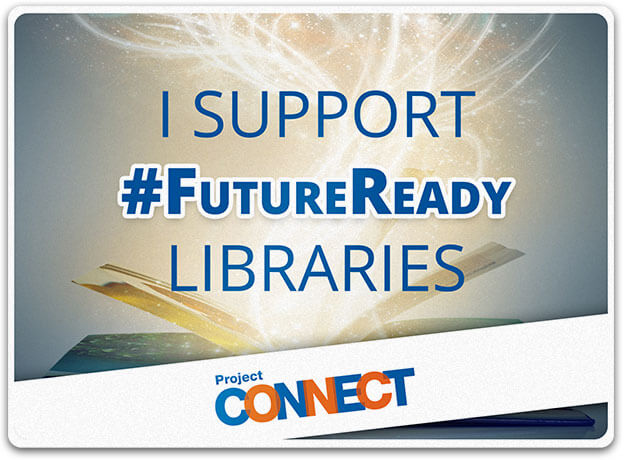
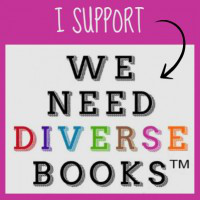


 RSS Feed
RSS Feed